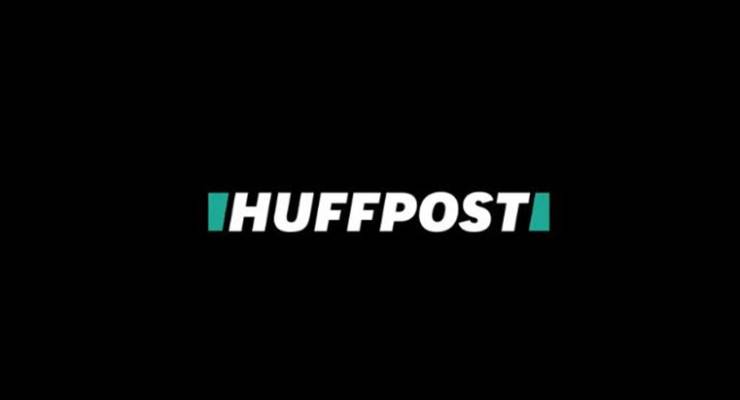
The HuffPost Australia staff packing up their desks for the last time this week are just the latest victims of the website’s international strategy, which has left dozens of workers at the global brand out of work.
The Australian branch launched two years ago, with founder Arianna Huffington introducing the 15th international edition with a post saying:
HuffPost Australia will be dedicated to producing great original reporting about the critical issues that Australians face, and to telling stories that focus on helping Australians live more fulfilling lives, while opening up our blogging platform to voices from all across the country to start a conversation on the topics that matter to Australians most.
Former News Corp opinion editor Tory Maguire was appointed editor-in-chief, with Chris Janz as CEO.
Despite producing some solid reporting, the site failed to make much of a splash in the market over the next two years, either in impact or in audience. Its unique audience was decent — 1.89 million last month — but wasn’t even close to the top 10 news websites. It was well out-ranked by the 10th most-viewed news site last month, the BBC, which had audience of 2.33 million.
Then on Thursday, after weeks of rumours about the future of a joint venture with Fairfax, a spokesman released a two-sentence statement saying the project would not go ahead. Both Huffington Post and Fairfax are yet to confirm what that will look like, and journalists and editors who had, until this week, been employed by the site have been tweeting their farewells and final stories. Today, Huffington Post’s Australian edition homepage hasn’t been updated.
The closure is only the latest of a series of restructures and redundancies at the global website after Huffington stepped away from the site she founded in 2005 and where she’d been co-editor-in-chief last year. In April, under editor-in-chief Lydia Polgreen, the former Huffington Post shed some syllables and became HuffPost as she pushed the site to a more tabloid look and feel.
In June, US telcom giant Verizon merged AOL — which owned HuffPost — with Yahoo, and almost immediately made 39 people redundant at HuffPost’s US site. USA Today reported at the time that Verizon wanted to reduce staff in the AOL-Yahoo company by 15%.
In May, the site appointed Louise Roug as international editor, to whom all international edition editors reported to. At the time, Polgreen said the new role was an attempt to bring “fullness” to HuffPost’s work: “We want to knit [the newsrooms] more together, but without losing that local touch particular to each market … It’s about improving the quality of the journalism we make available to our global audience,” she said. “I encourage each edition to have its own personality and culture, not be a cookie-cutter expression of what we do in the US.”
The UK, Canada and Brazil editions are fully-owned by the HuffPost, all others were launched as joint ventures with established media companies.
In February this year, Janz left HuffPost to take up a role at Fairfax, just a few months after the HuffPost set up its own advertising team in Australia.
A similar partnership with the Times of India for the Indian edition of HuffPost folded last month, after launching less than a year before the Australian edition. Several staff had reportedly been laid off in June, with others offered new jobs at the Times. HuffPost said the site would continue, but, like the Australian edition, it’s not clear in what form.
HuffPost arrived in Australia at the tail-end of a small frenzy of international edition launches — The Guardian launched in 2013 and BuzzFeed and Mashable launched their local editions in 2014.








I’m not really surprised. Huff Post’s quality has always been pretty flaky – lots of fluff alongside the news – and it didn’t offer anything here that you couldn’t get from more focused sources.
I kept waiting for it to get a move on, now you say that it’s already dead.
How could anyone tell?
Good riddance I say, whenever I tried to read an article I was always left looking for the ending. Just annoying .